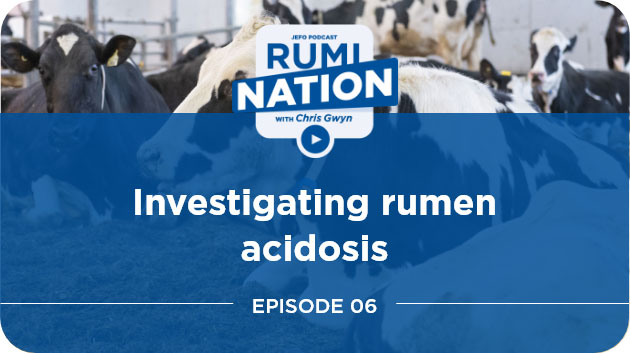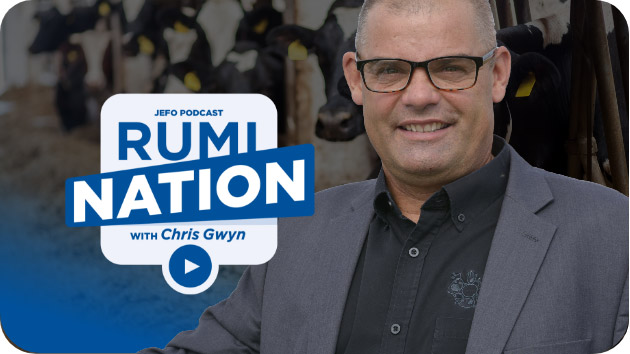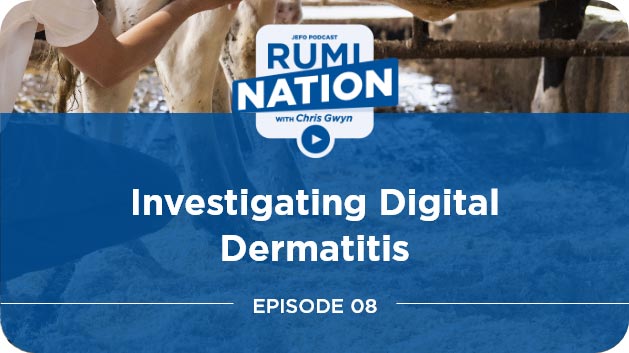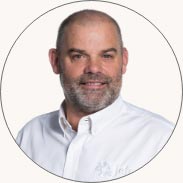RumiNation | S1 : EP7
Digging Deeper into Preventing Cattle Lameness
Brought to you by Jefo Nutrition
Share now!
Did you enjoy this episode?
Share now!
Digging Deeper into Preventing Cattle Lameness
Digital dermatitis (DD), strawberry foot rot, fraise (as is said in Quebec), hairy heel wart and Mortadello’s Disease remain preventable challenges on many dairies. How could we face those challenges? What do we see today on farms in North America? In today’s episode, we’ll discuss practical steps to minimize the incidence and severity of DD from the point of view of a leading expert, Karl Burgi.
Our guest - Karl Burgi
Founder and board chairman of Comfort Hoof Care Inc, co-founder of the Dairyland Hoof Care Institute, and founder of Sure Step Consulting International.
Expertise
- Hoof health, care & trimming
- Trimming equipment design

Timestamps & Summary
01:05:00 – Your business has grown into several divisions now. How did all this come about?
After Mr. Burgi realized there was a need for hoof trimming, he started his own trimming business in South-Central Wisconsin, but soon realized he needed to go overseas to learn more about hoof trimming. After his studies, he founded the Dairyland Hoof Care Institute in Wisconsin.
He then started to be more involved internationally with the trimming and consulting (he visited around 25 countries for consulting), with the overall mission to promote cow well-being.
02:59:00 – What do you see today when you’re consulting on farms in North America, and what is the number one challenger regarding cattle lameness?
According to Mr. Burgi, one of the biggest challenges farms are facing is that they are under the microscope of animal activists that want to get rid of animal agriculture. On a similar note, the consumers and thus food giants put pressure to make sure that animals are treated properly. In the last few years, lameness has come to the forefront, especially from an animal welfare standpoint. Mr. Burgi explains that regulations differ from one country to another and provides examples of it.
05:47:00 – How do we meet that challenge?
Mr. Burgi thinks we have to be more proactive. We know what causes the problem, and there’s a world of resources and information to prevent it. He says that we know how to fix lameness, but that we fail at implementation.
According to him, we need to start asking questions at the farm level to reduce or avoid lesions and lameness. We need to look more closely at the data and keep a close look on trimming schedules. The key is to help the producers so they can make the right decisions.
09:32:00 – What are the take-home messages for the audience today?
Mr. Burgi would want to see the advisory team, along with the farm, to put together an action plan regarding hygiene, comfort, lameness identification, and more. What’s the timeframe for this action plan? Who will be responsible for those actions? Then, he would schedule a follow-up meeting with the advisors to evaluate the progress.







